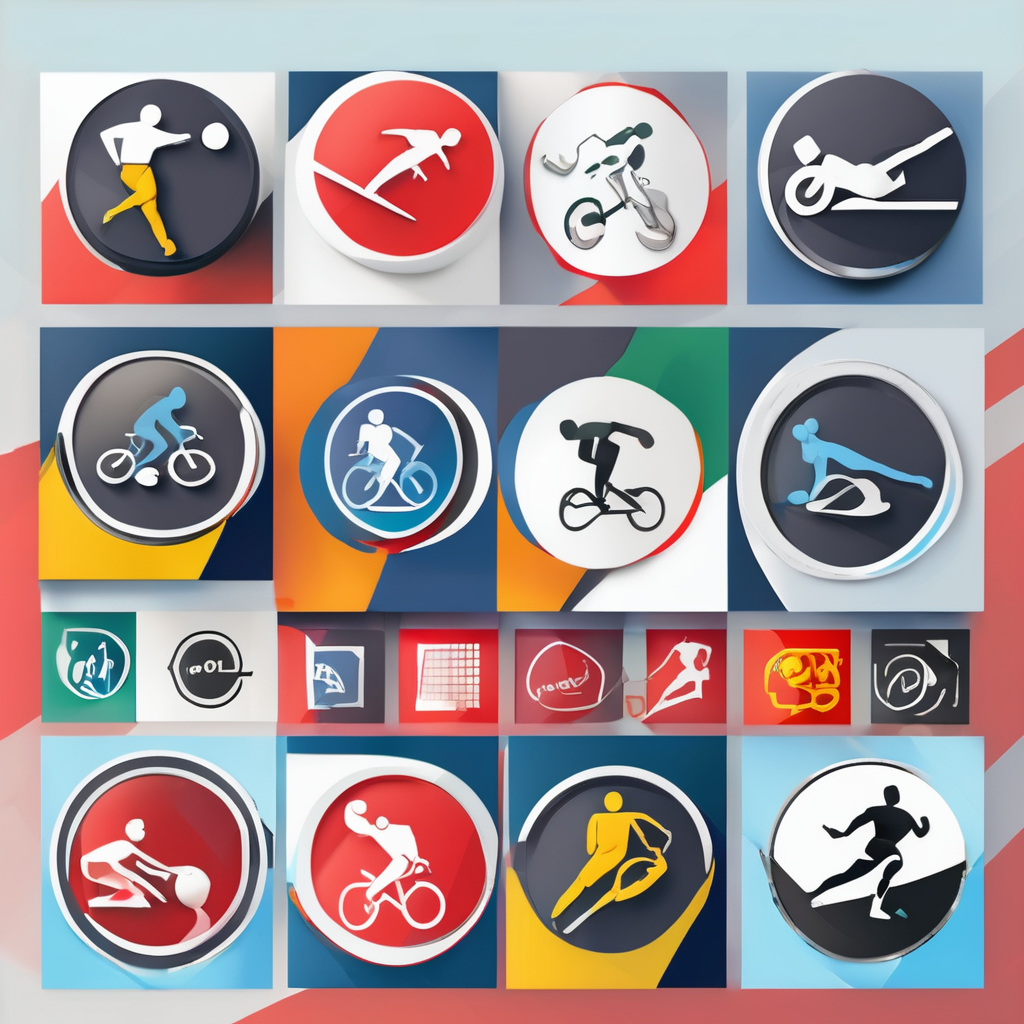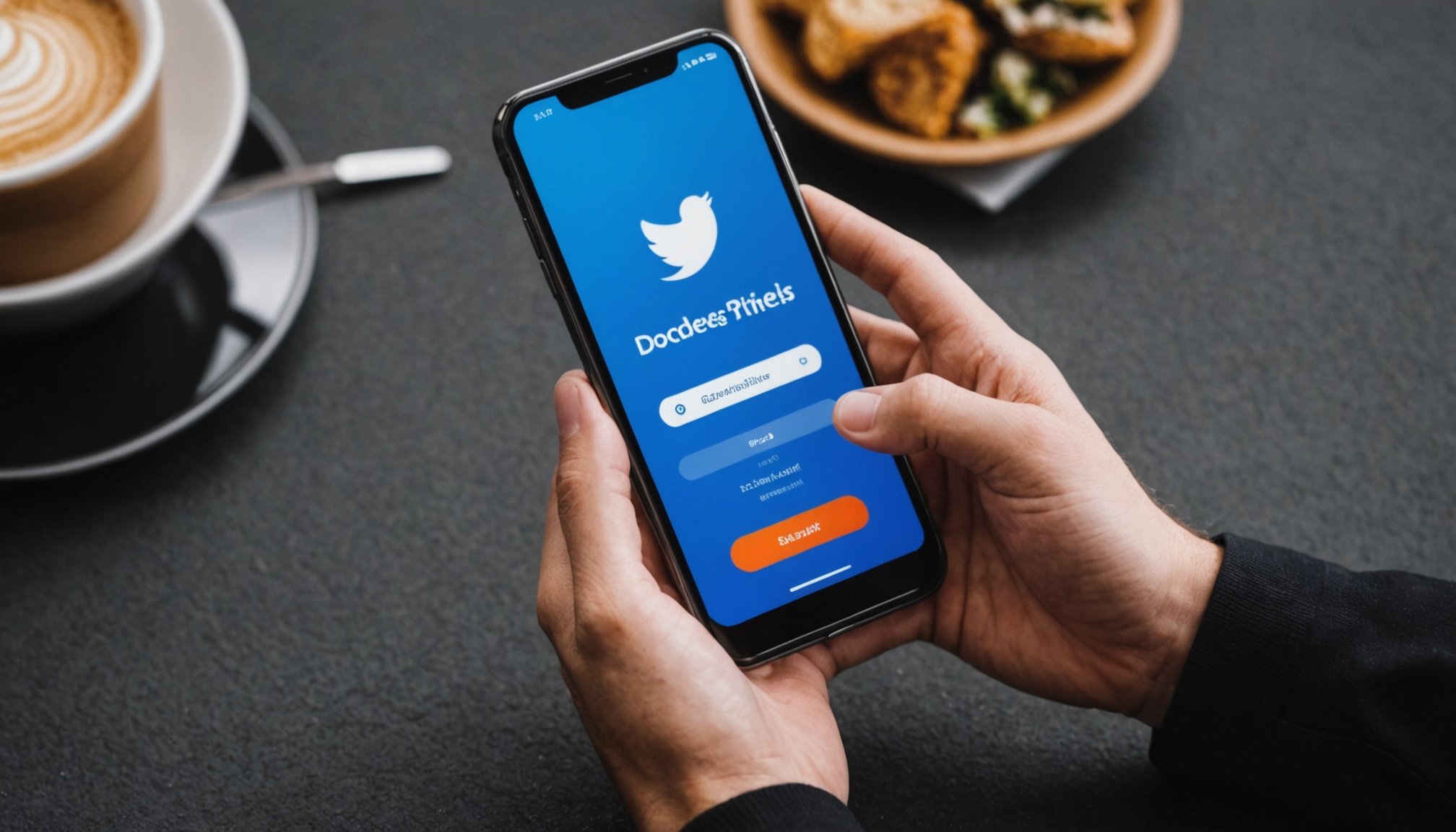In today’s digital era, athletes have a unique opportunity to engage with fans, enhance their personal brand, and establish a profound connection with a global audience. Gone are the days when athletes relied solely on traditional media to communicate with their supporters. With the rise of social media platforms, athletes now have the power to craft their own narratives, share their content, and directly interact with their fanbase. This article aims to explore how athletes can strategically use social media to amplify their presence, bolster their branding, and cultivate a loyal fan following.
The Power of Social Media for Athletes
Social media has fundamentally transformed the way athletes interact with fans and present their brand. These platforms offer athletes an unparalleled opportunity to share their stories, insights, and achievements with a global audience, fostering a sense of community and engagement.
This might interest you : What techniques can help improve agility for athletes in sports like soccer and basketball?
Building a Personal Narrative
Athletes can use social media to craft a distinctive personal narrative that extends beyond their on-field performances. By sharing personal anecdotes, behind-the-scenes glimpses, and motivational journeys, athletes can construct a compelling story that resonates with fans and potential brands. This narrative helps in humanizing the athlete, making them more relatable and approachable.
Direct Engagement with Fans
Social media enables athletes to directly connect with fans. Whether it’s responding to comments, hosting live Q&A sessions, or simply sharing day-to-day experiences, these interactions foster a sense of belonging among fans. This engagement not only boosts fan loyalty but also enhances the athlete’s visibility and reach.
Also to discover : Top Stretches to Minimize Injury Risk for Competitive Cheerleaders: A Guide to Safe Performance
Amplifying Achievements and Causes
Athletes can use social media to highlight their professional achievements and personal causes. By sharing accomplishments, they can inspire their audience and maintain a sense of relevance. Additionally, advocating for social causes or charitable endeavors through these platforms can further enhance their brand image by showcasing their values and commitments.
Creating a Consistent and Authentic Brand Image
For athletes aiming to build a strong personal brand, consistency and authenticity are key. On social media, where millions of users vie for attention, maintaining a coherent brand image can set athletes apart and establish a lasting impact.
Consistency Across Platforms
Athletes should ensure that their messaging and visual identity are consistent across all social media platforms. This includes using the same profile picture, bio, and branding elements to create a recognizable identity. Consistency in posting schedules and content themes also helps keep the audience engaged and informed.
Authentic Content Creation
Authenticity is a powerful tool in branding. Fans appreciate genuine, unfiltered content that provides a real glimpse into the athlete’s life. This could include personal reflections, candid moments, and honest opinions on various topics. Authenticity fosters trust, encouraging fans to form a deeper connection with the athlete.
Leveraging Multimedia Content
Visual elements such as photos, videos, and graphics can elevate an athlete’s branding efforts. These elements capture attention and convey stories more effectively. Athletes can use multimedia content to showcase their skills, share training routines, or document memorable career highlights.
Utilizing Different Social Media Platforms
Each social media platform offers unique features and audiences, and athletes should tailor their content strategy accordingly. Understanding the nuances of each platform can maximize an athlete’s reach and effectiveness.
Instagram: Visual Storytelling
Instagram, with its focus on imagery, is ideal for sharing photos and short videos. Athletes can use this platform to showcase their lifestyle, training regimes, and personal milestones. Instagram Stories and Reels offer opportunities for more creative and interactive content.
Twitter: Real-Time Engagement
Twitter’s real-time nature makes it perfect for quick updates and live interactions. Athletes can use this platform to share thoughts during events, engage in trending discussions, and connect with fans through live Q&As or polls.
TikTok: Creative Expression
TikTok’s popularity lies in its capacity for fun and creative short-form videos. Athletes can use it to participate in challenges, create viral content, and reach a younger demographic. It’s a great platform for showcasing personality and creativity.
LinkedIn: Professional Networking
Athletes can leverage LinkedIn to build a professional network, engage in industry discussions, and explore brand partnerships. Sharing career milestones and thought leadership content can enhance their credibility and appeal to brands and sponsors.
Engaging with Brands and Sponsors
Social media is not only a tool for fan engagement but also a gateway to lucrative brand partnerships and sponsorship opportunities. Athletes can strategically leverage their online presence to attract brands that align with their values and goals.
Identifying Compatible Brands
Athletes should seek partnerships with brands that resonate with their personal ethos and image. Authentic collaborations that align with the athlete’s lifestyle or beliefs are more likely to be successful and long-lasting.
Showcasing Value to Brands
By demonstrating a strong, engaged audience, athletes can attract potential sponsors. Sharing analytics such as engagement rates, audience demographics, and reach can help showcase their value to brands. Highlighting past successful collaborations can also be persuasive.
Maintaining Professionalism
When engaging with brands, athletes must maintain professionalism and transparency. This includes honoring commitments, providing clear communication, and ensuring that sponsored content naturally integrates with their regular posts. A professional approach builds trust and fosters long-term relationships with brands.
In conclusion, social media has revolutionized the way athletes build their personal brand and interact with their audience. By crafting a consistent and authentic online presence, engaging directly with fans, and leveraging various platforms for creative expression, athletes can effectively enhance their brand visibility and fan loyalty. Moreover, social media opens doors to meaningful brand partnerships that align with their personal values. As digital platforms continue to evolve, athletes must adapt their strategies to stay relevant and maximize their potential in the ever-changing digital landscape. The power to build a personal brand and engage with a global audience is now firmly in the hands of the athletes, offering endless possibilities for growth and success.











